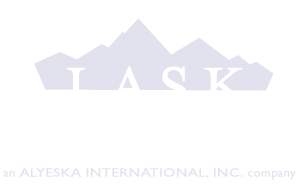
Before cell phones, it was reading or eating while driving as a distraction. Then texting was to blame. Now the endless activities, appointments, and around-the-clock work schedules bring more obstacles into driving carefully and responsibly.
Falling asleep at the wheel can also happen in a blink of an eye. You may feel sleepy and before you know it, your eyes are closed and you can hear and feel the rumble strips under the tires. But how can we become more aware of our surroundings? The first steps start with understanding why you are falling asleep.
There are numerous reasons why you feel drowsy and tired. But there are also numerous treatments and options available to educate yourself on how to be more alert and healthier.
The Sleep Apnea Connection
Sleep apnea is the most common factor behind drowsy driving. Apnea literally translates as “cessation of breathing” which means that during sleep your breathing stops periodically during the night for a few seconds.
These lapses in breathing can occur for up to ten seconds or more and can happen up to hundreds of times a night in severe cases.
The American Academy of Sleep Medicine found in a new study that the “incidence of motor vehicle accidents was reduced by 70 percent among sleep apnea patients who used CPAP therapy for an average of at least 4 hours per night.”
Now you are aware the issue exists, what can you do to prevent drowsy driving? The following information can help you define if you are at risk and tips for traveling safely.

If you have experienced difficulty staying awake while driving, or often feel tired during the day, there is a chance that your symptoms may be due to an untreated sleep disorder.
We offer a free ebook to help patients understand the causes and symptoms surrounding apnea. We also encourage you to view this video on 5 Signs Snoring May be Sleep Apnea.
At the Alaska Sleep Clinic, we treat thousands of individuals every year for sleep disorders, and for many patients the most common complaint is chronic drowsiness. Give us a call today and we can help you start sleeping better so you can drive safer.









